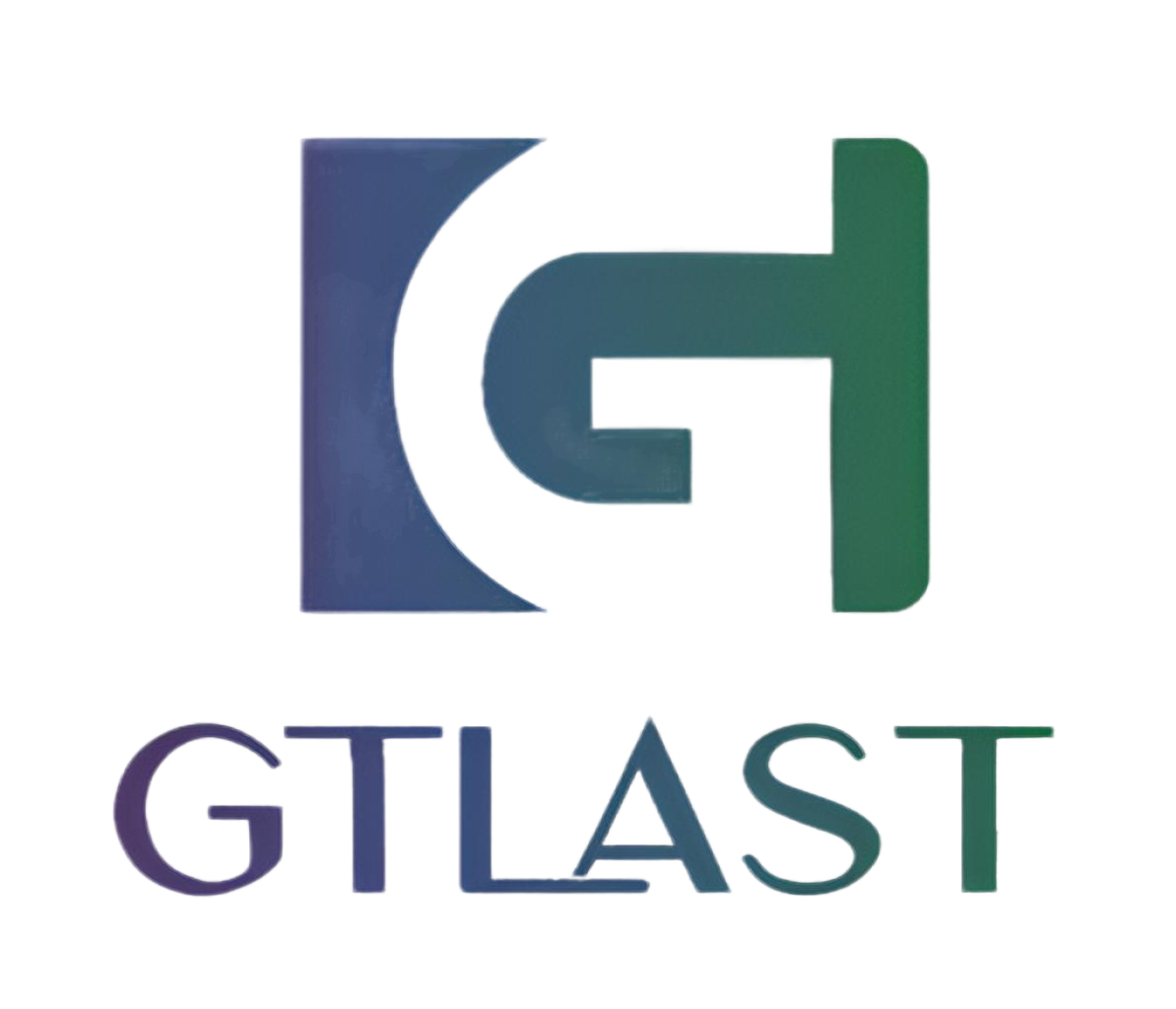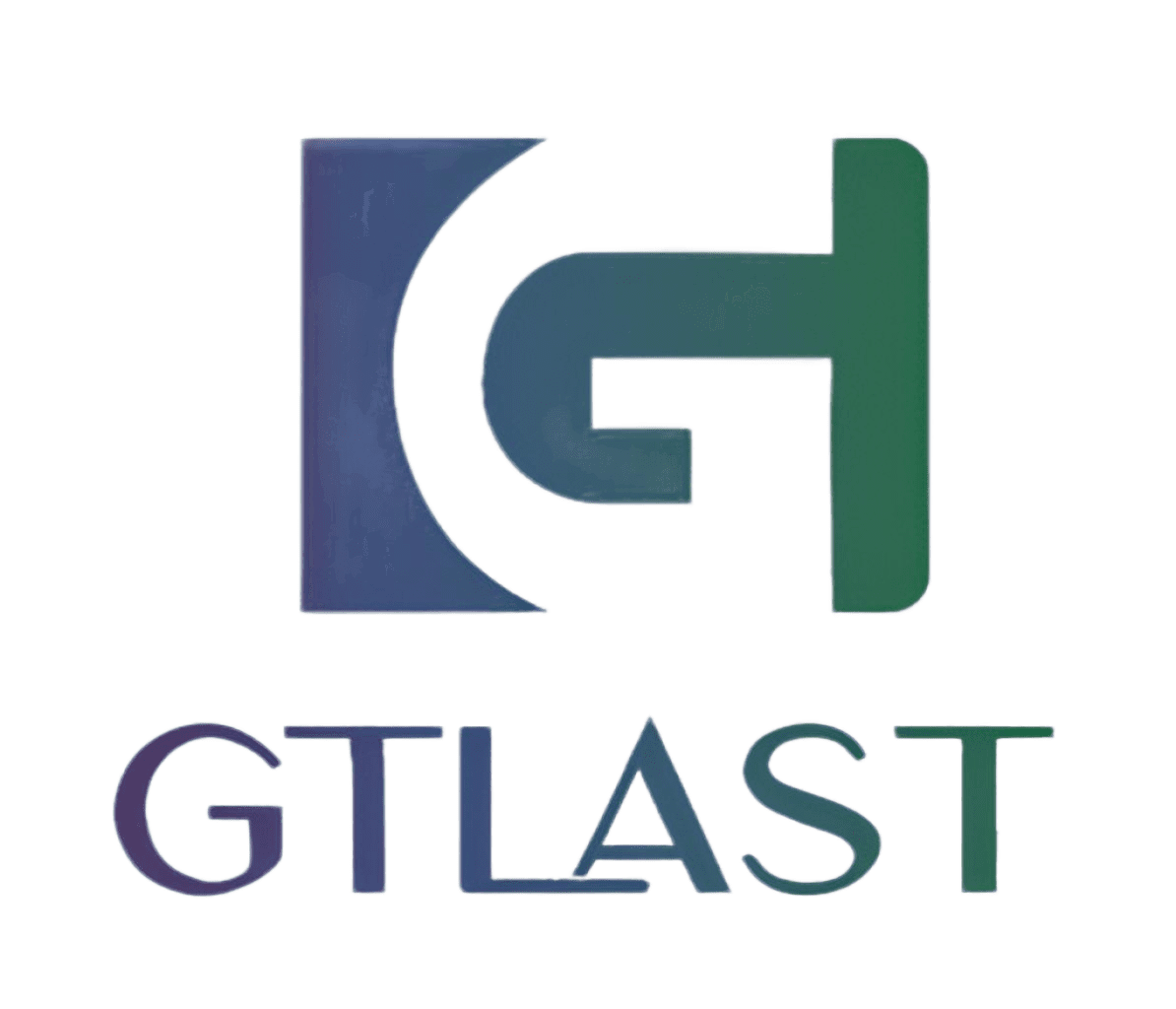Zephyr is a military spy plane, more than doubles its 2018 record for unmanned flight time.
An unmanned solar-powered plane has broken previous flight endurance records, flying aloft for two full calendar months — and it’s still aloft.
The Zephyr S, made by Airbus in the UK, has photovoltaic solar panels on its wings that power the electric motors and charge the onboard batteries, allowing it to fly day and night.
Designed for long-term reconnaissance missions, the aircraft has a wingspan of 25 meters and weighs less than…

As the first stratospheric UAS of its kind, Zephyr offers a durable and adaptable solution unlike any other drone. Its durability allows it to fly continuously for months at approximately 70,000 feet above weather and regular air traffic. It is a HAPS: a high-altitude platform station and the only HAPS with demonstrated diurnal lifespan in the stratosphere.
- Zephyr is the world’s leading solar powered stratospheric unmanned aerial system (UAS) with a wingspan of 25 m and a weight of less than 75 kg.
- Zephyr, an innovative solution currently under development by Airbus, has reached the stratosphere and has broken several world records.
- Zephyr will provide commercial, institutional and military customers with new See, Sense and Connect capabilities
- Zephyr relies on solar energy to charge a secondary battery during the day and power for night flight. Because of this, Zephyr’s flight time is CO2 neutral.
Why Choose Zephyr?
Zephyr addresses the need for a cost-effective way to provide persistence and satellite-like long range, along with the accuracy, station retention and re-mission flexibility typically inherent in traditional UAV systems.

- Toughness: Zephyr’s long-lasting flight is unmatched, combining the toughness of a geostationary satellite with maneuverability similar to a conventional aircraft or UAS. During a test flight in 2018, the Zephyr achieved a record 25 days, 23 hours, 57 minutes without refueling.
- Latency: Zephyr is close enough to the ground station to have low latency and provide near real-time service
- Complementary to existing solutions: Zephyr fills the gap between ground towers, traditional aircraft and satellites and is perfectly positioned to complement and enhance existing infrastructure.
- Safe and Reliable: Zephyr has been a leader in the integration of stratospheric UAS into the airspace, with civil and military certifications in five countries on four continents.
- Beyond Line of Sight (BLOS) functionality: After launching and ascending to the stratosphere within eight hours, Zephyr will navigate to the desired location, which may be hundreds or thousands of kilometers away. Zephyr is controlled using BLOS functionality from a ground control station located anywhere in the world.
Technical Features in Zephyr
Span: 25m
Weight: Less than 75kg
Payload: Different classes of payload capacity and incremental power levels
Zephyr is payload agnostic and compatible with OPAZ, Airbus’ proprietary Earth observation system designed for the stratosphere, providing 18cm and 70cm infrared electro-optical imagery and video. It is compatible with Airbus Intelligent Advanced Processing. Zephyr is also able to integrate third-party payloads provided by customers.
Zephyr can support a wide range of payload capabilities including, but not limited to: electro-optical, infrared, hyperspectral, passive radio frequency (RF) radar, synthetic aperture radar (SAR), early warning, lidar, and automatic identification systems (AIS. )
Capabilities
Zephyr will provide new See, Sense and Connect capabilities for military, commercial and institutional customers.
See & Sense
Zephyr’s extensive payload visual coverage of a 20 x 30 km footprint enables it to provide a range of continuous surveillance to meet mission requirements, as well as high re solution imagery and video recordings for intelligence gathering.
Sensors in the stratosphere can easily detect environmental changes and collect more accurate data.
Connectivity
Did you know…?
- About 4 billion people around the world are not connected to the Internet
- Zephyr can extend the coverage and/or capacity of terrestrial networks
- Zephyr’s coverage is equivalent to 250 base stations
Zephyr has the potential to provide communications to the world’s least developed regions. No other antenna solution can directly provide devices with day and night 4G/5G and complement existing infrastructure.


